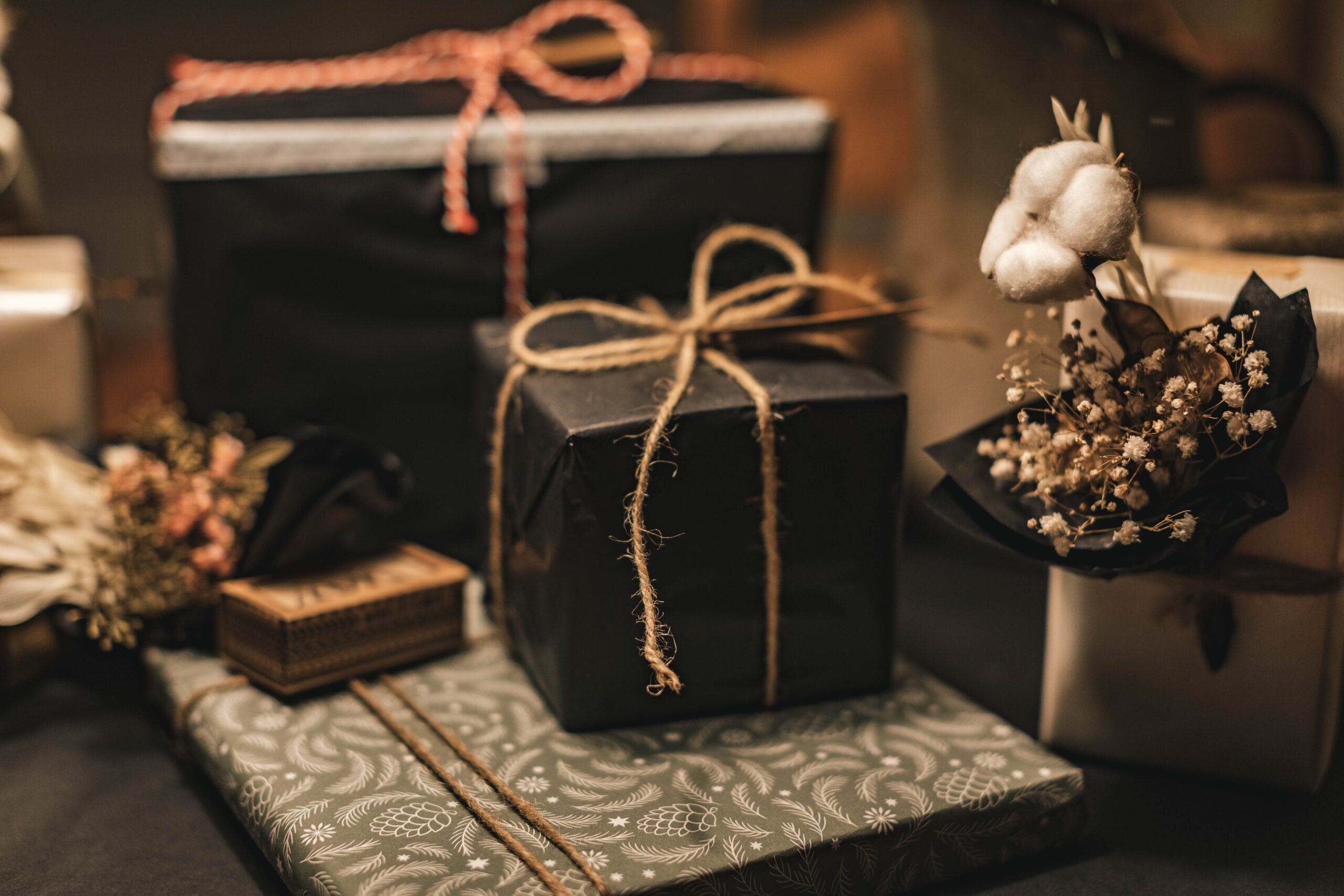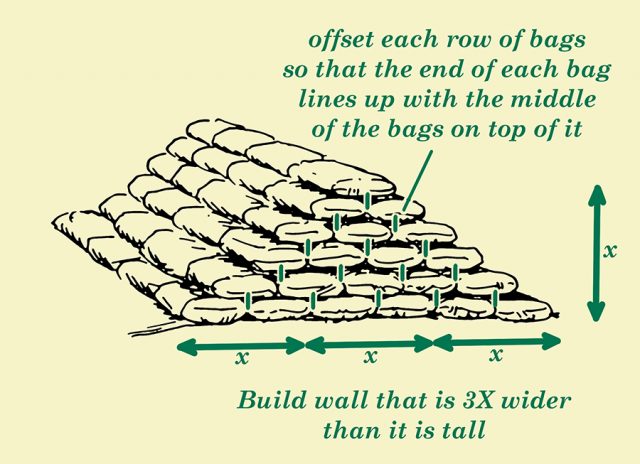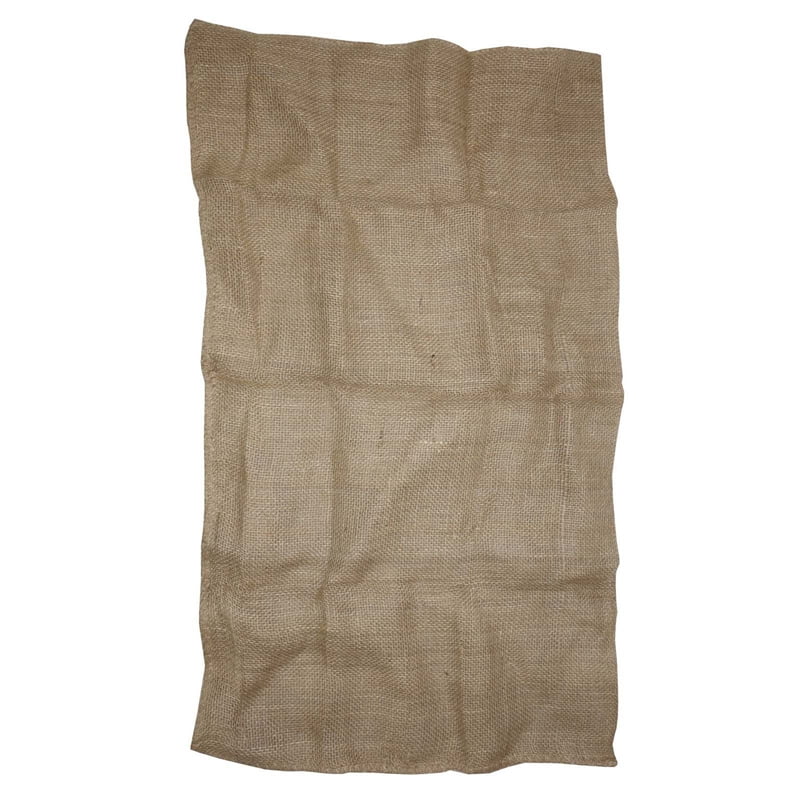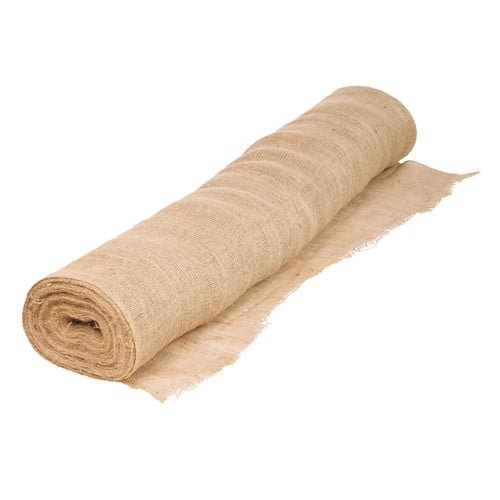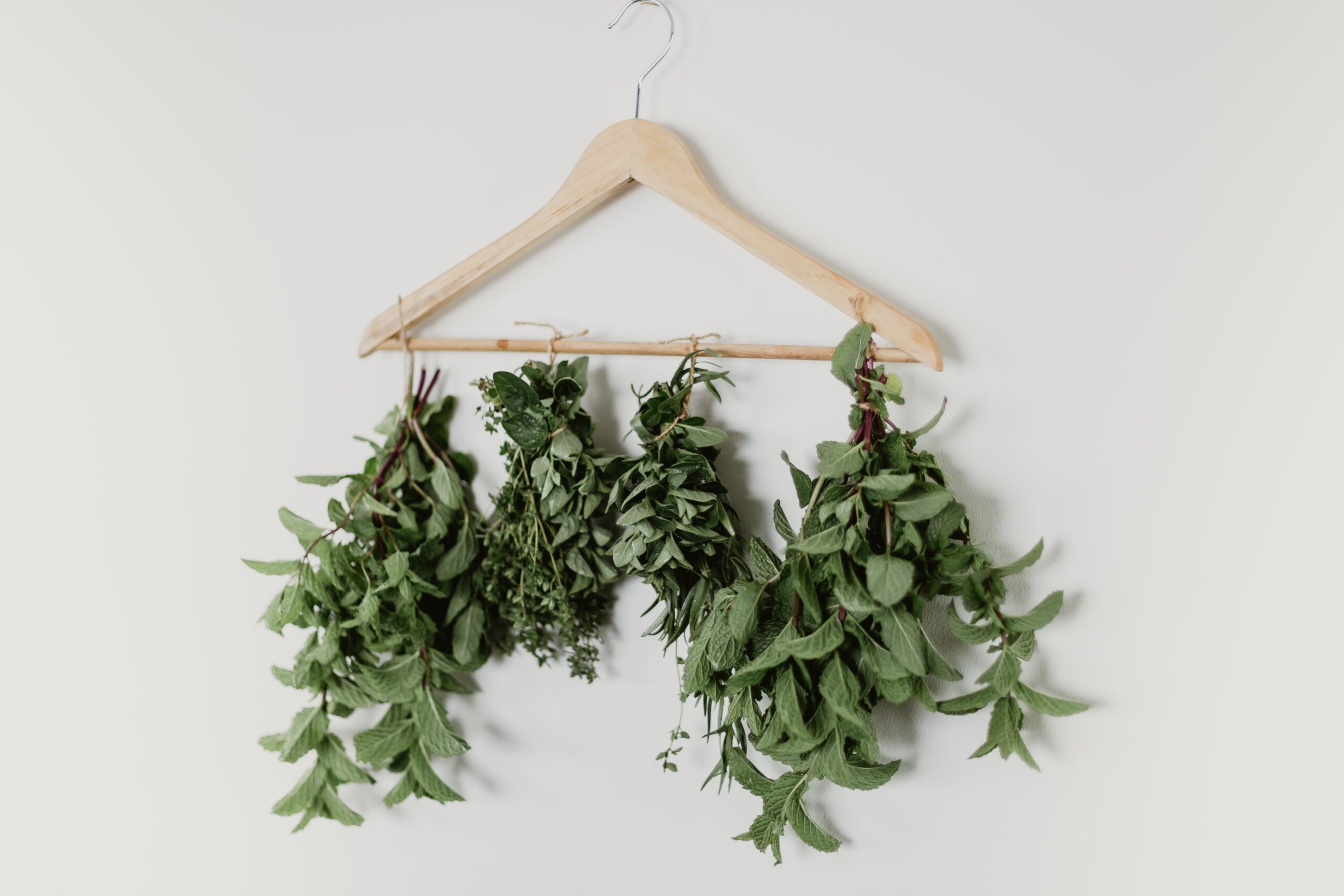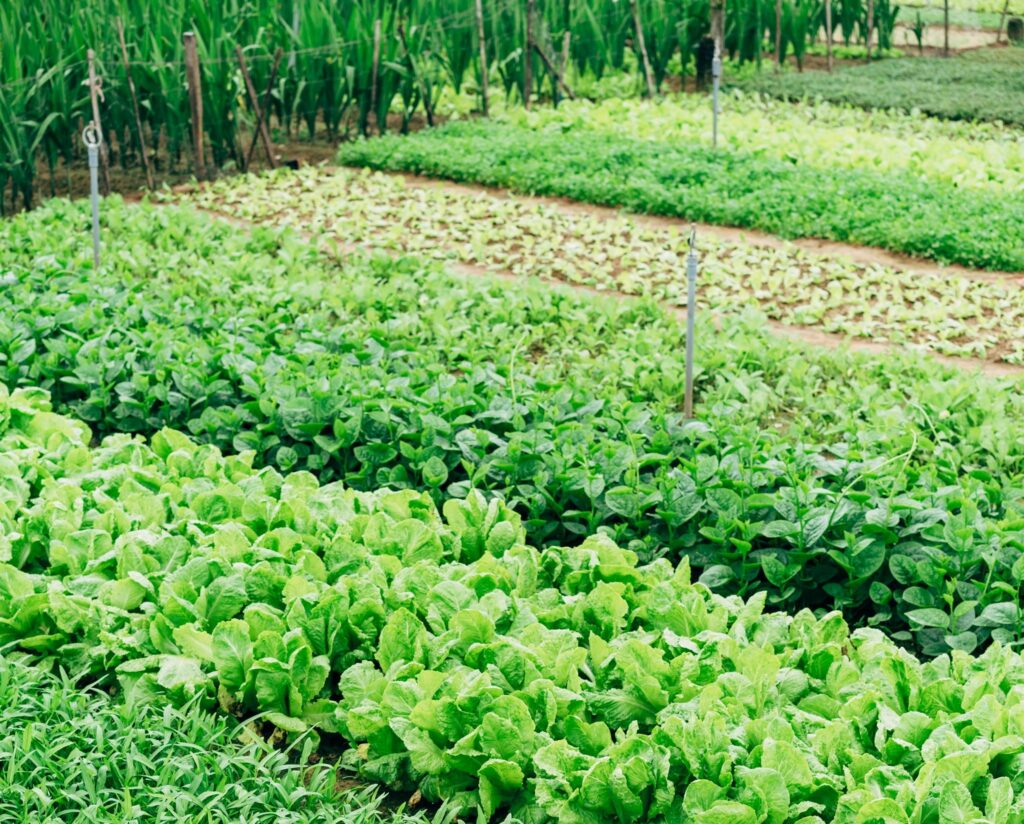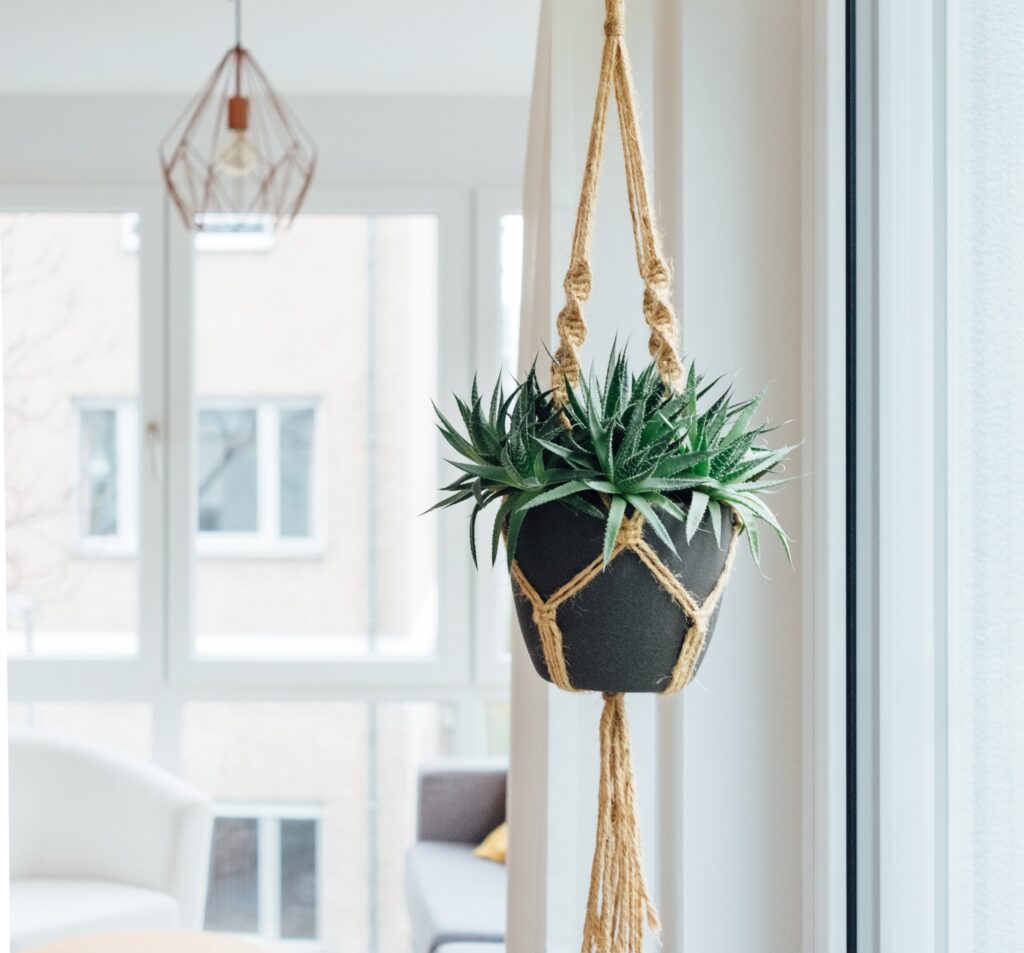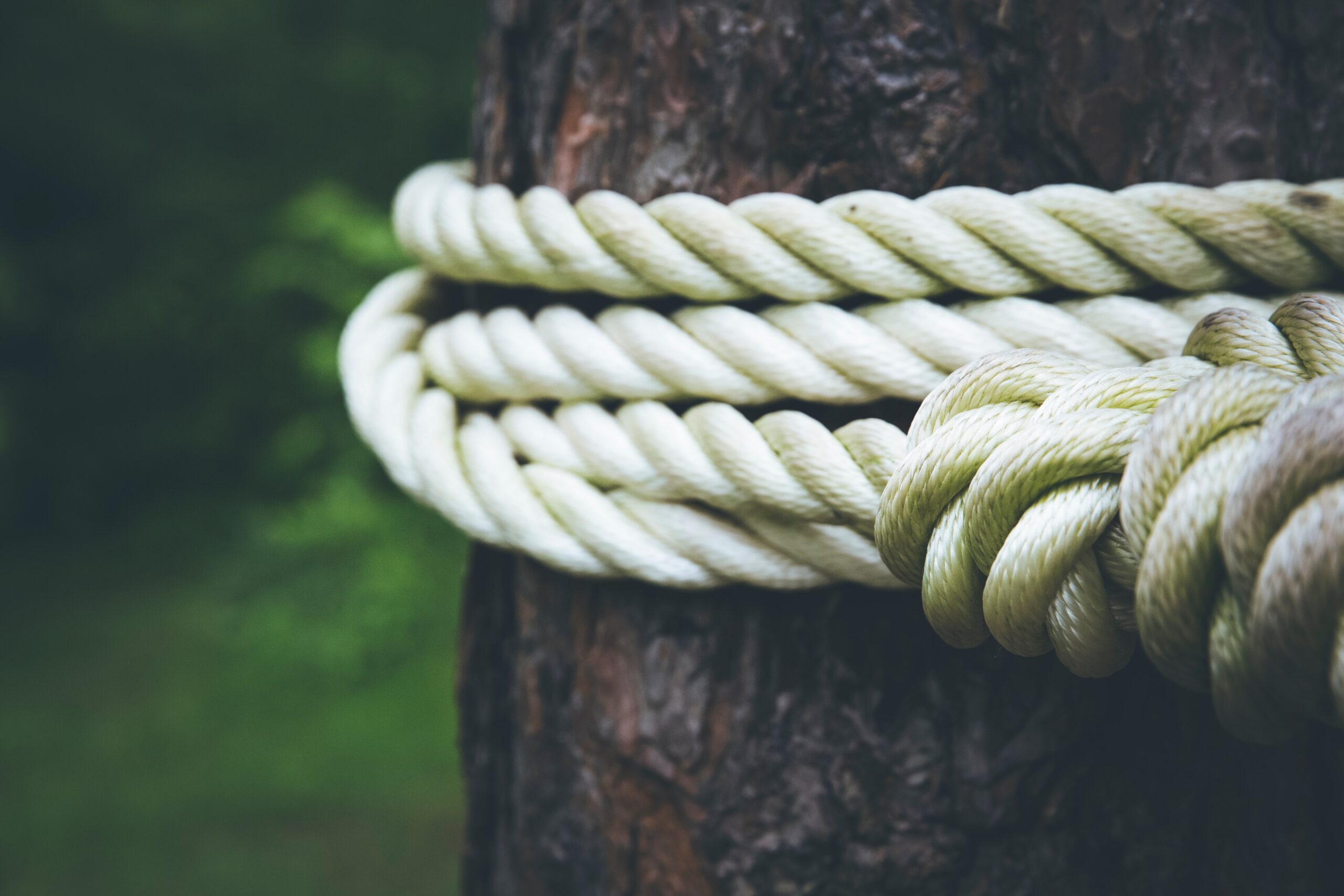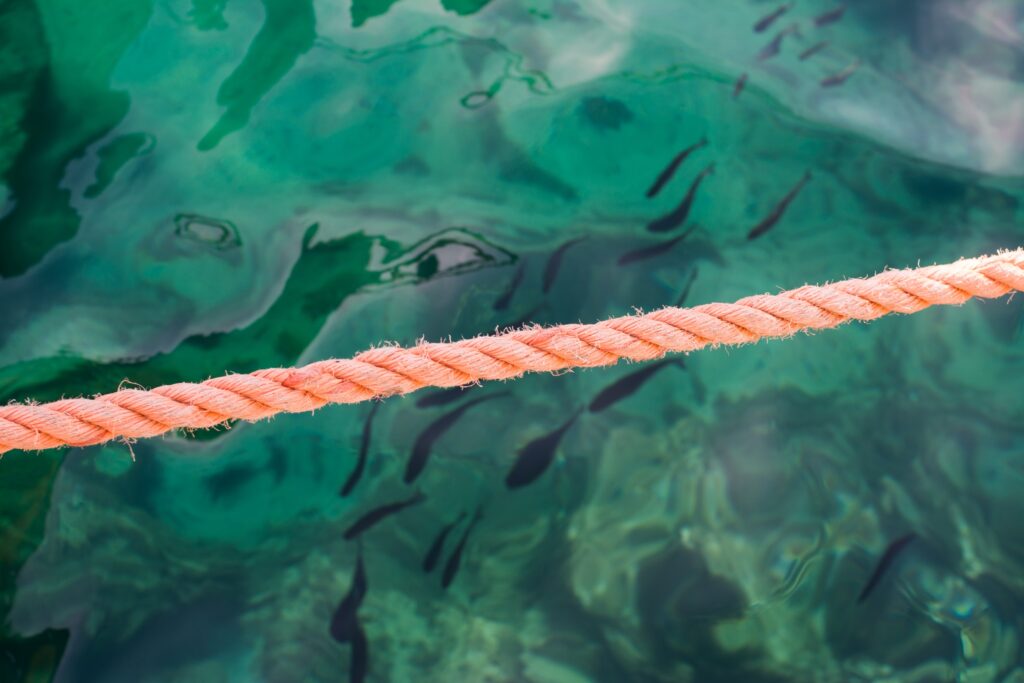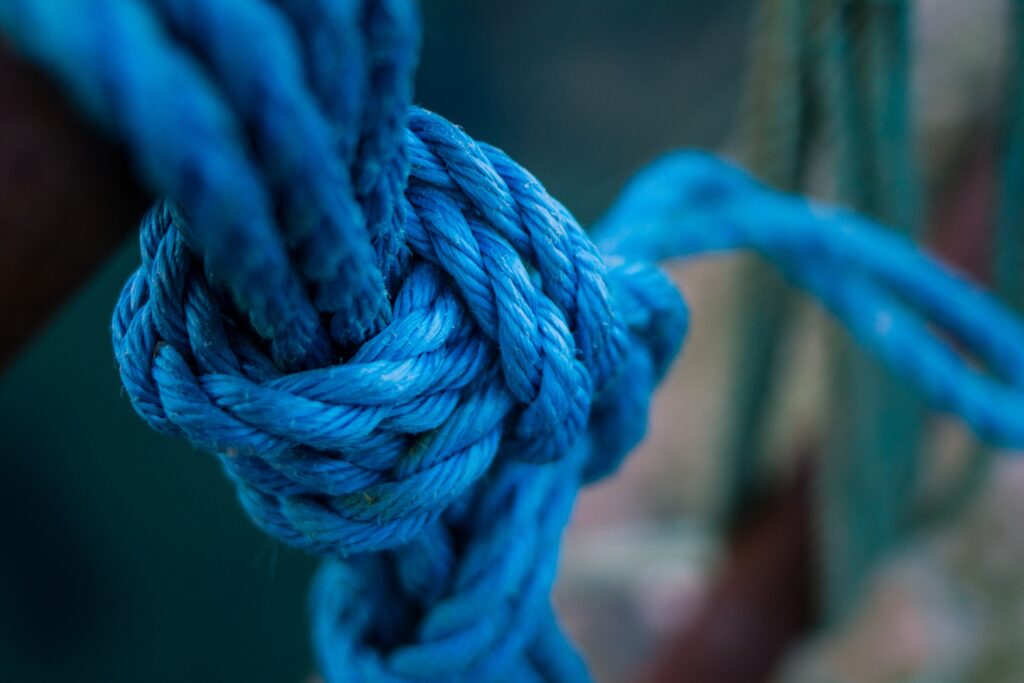
Are you looking for a unique, creative way to display your artwork or photographs? Rope picture frames are perfect for those who want to get crafty with their home decor. Ropes, twines and cords can be used in a multitude of ways around the home, including to decorate picture frames. All you need is an existing picture frame, and the world’s your oyster! Read on to discover the different ways that you can decorate a picture frame with rope.
How to make a rope picture frame
A rope picture frame couldn’t be easier to craft. All you’ll need is your rope of choice, a picture frame, a hot glue gun, and a knife to cut the rope. We recommend a hot knife rope cutter sealer, as this will prevent frayed ends and will make your picture frame look much neater. This craft can work with any choice of rope or twine, so there are countless different styles of picture frame that you can create. Here’s a step-by-step on how to create your rope picture frame:
- Glue the end of the rope to the outside edge of your picture frame to create a border around it. This is optional – you can just start on the front face of your frame if preferred. Try to keep the rope as straight as possible, bending tightly around corners. Once you have glued the rope all round the edges of the frame, cut the rope with your knife cutter and glue the final part down.
- Now, it’s time for the front of the frame. If you created a rope border around the edge of the picture frame, start your front row of rope in the same corner that you did for the border. Glue the end of the rope down and begin creating a row, ensuring there are no gaps between the rope border and your new row.
- Continue glueing the rope to the frame, creating a row around the circumference of your picture frame. Once one row has been completed, you can move inwards for the second row, in a sort of spiral pattern. Be sure to keep the rows tight together without any gaps, and keep glueing the rope until you reach the centre of the frame.
- Once you have covered all of the space on your frame, cut off the excess rope and make sure that it is securely glued down. You should now have a beautiful rope picture frame.
Rope picture frame inspiration
Love the idea of a rope picture frame, but not sure how to match it to your aesthetic? Worry not, as no two rope frames are the same. Whether you want a rustic look or a high-end, sophisticated frame, the type of rope you use will aid you in your goals. Keep reading for some inspiration for the type of rope frame you could create.
Gold rope picture frame
If you want to add some extra glitz and glamour to your home, then a gold rope picture frame is perfect. By using the method described above, you can use gold cord to turn your picture frame from drab to dazzling. If you want a more subtle golden look, then a gold sparkle bakers twine is perfect for creating a dainty picture frame.
Don’t just limit yourself to gold – try a stunning sparkle bakers twine in any colour you like for gorgeous glittering frames around your pictures.
Cowboy rope picture frame
If you love the Western aesthetic, then creating a cowboy rope picture frame is the perfect way to highlight your photos and artwork. Cowboys often use natural hemp rope or nylon rope to create their lassos. So, using these kinds of rope to decorate your picture frames is a great way to pay homage to your favourite Western movies.
Nautical rope picture frame
Why not create a nautical theme within your home with a rope picture frame? Used for docking boats or general boating chores, a dock line or mooring rope will impress the boating fanatics in your life. Plus, these types of rope are incredibly durable and long-lasting, making a great investment in your home décor that can be used time and time again.
Interested in some more fun and fresh rope crafts? Take a look at some of the best uses for decorative rope, or check out some jute twine crafts. To enquire about our variety of ropes, twines, and cords, get in touch.

